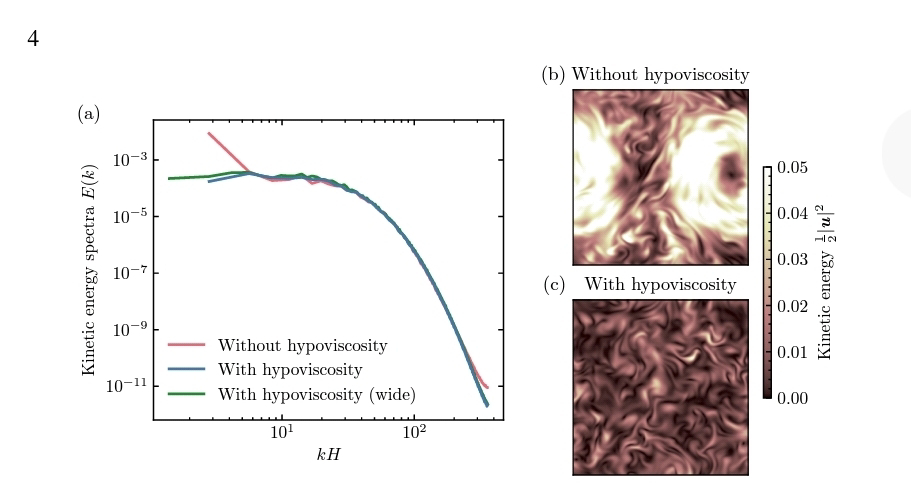Translate
venerdì 31 gennaio 2025
# gst: multiple Pareto-optimal solutions of the dissipation-adaptation trade-off
lunedì 13 gennaio 2020
# gst: a concrete image, chirality by dissipation, 'this effect actually owes its existence to dissipation'
venerdì 6 giugno 2025
# gst: symmetry breaking in time-dependent billiards.
sabato 17 dicembre 2022
# gst: transitions, how two saddles can increase the transient times.
sabato 11 gennaio 2025
# gst: trade-off between coherence and dissipation for excitable phase oscillators.
lunedì 24 febbraio 2025
# gst: when homogeneous systems meet dissipation and disorder.
venerdì 23 maggio 2025
# gst: toy model of turbulent shear flow using vortons.
mercoledì 10 maggio 2023
# gst: to find a separation between plunging and spilling wave breakers
venerdì 7 marzo 2025
# gst: transition to inverse cascade in turbulent rotating convection in absence of the large-scale vortex.
martedì 2 settembre 2025
# gst: dynamics and frictional dissipation for treading slowly in a puddle.
sabato 29 aprile 2023
# gst: pattern generation through turbulent cascades
mercoledì 28 agosto 2024
# gst: dynamics of small droplets in turbulent multiphase flows
sabato 16 marzo 2019
# phys: a base-level fuzziness; black holes and strange metals go to extremes in some common way
<< black holes and strange metals go to extremes in some common way (..) electrons inside a variety of ceramic crystals called "cuprates" seem to dissipate energy as quickly as possible, apparently bumping up against a fundamental quantum speed limit. >>
<< ħ is the quantum unit of uncertainty: an inescapable, base-level fuzziness in nature >>
Natalie Wolchover. Universal Quantum Phenomenon Found in Strange Metals. Nov 19, 2018.
https://www.quantamagazine.org/universal-quantum-phenomenon-found-in-superconductors-20181119/
https://twitter.com/QuantaMagazine/status/1104730889500745731
A. Legros, S. Benhabib, et al. Universal T-linear resistivity and Planckian dissipation in overdoped cuprates. Nature Physics. volume 15, pages 142–147 (2019).







